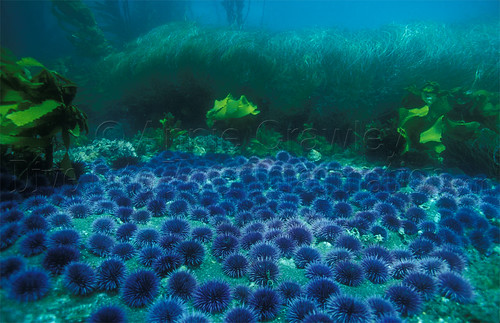Looking back, we learned lots of thing throughout this course. Not only the marine biology stuffs but …….
We agreed that First, crafty people belong in this field!
When you try to deal with feeding or larvae there's always mini inventions that can save you from expensive equipment.
Second: Intertidal walking is a thing for marine biologist. You’ll be amazed how Bruce Menge can out walk you on the intertidals. Oh, and not to mention how hard it is to walk on mud. Mudflat walking
Third, sleep deprivation will make a robots out of you. Robots that particularly good at calculating percent covers. And by that point our brains have “Eat. Sleep. Tidepool. Repeat” on repeat. Except for Wednesdays, we add donuts after tidepools.
Fourth, tidepool organisms isn’t the most cooperative animals you use in an experiment. Some would rather starve to death than move, some were just born escape artists.
Fifth: Spending everyday, stuck in Newport Hatfield Marine Science Center, and being in classes with the same people for the whole term, creates an inseparable bond between people. We arrived as strangers and acquaintances, we are leaving as friends.
Presentations were a huge success. Topics ranged from the feeding behaviors of crab,urchins, limpets, and sea stars to the effectiveness of zinc in crab pots.
Sean goes over the results of his experiment comparing feeding efficiency between green crab, red rock crab, and dungeness crab.
Melissa explaining the difference between specialist and generalist predator
For many of us, our experiments did not go as planned. We were constantly dealing with design problems and our test subjects never doing what they were supposed to. But as Sarah noted in her remarks, this is a part of real science. It’s not all about discovery and generating statistically significant results. Science is complex and sometimes messy. It doesn’t always behave in the way you want it to. But we as scientists learn to deal with these problems and move forward despite the obstacles. Every bit of knowledge, even the 1000 ways how not to do something, contributes to our overall understanding of the world we live in. And this is the gift that the Bi 450 program gives us. Because this is not a lesson we could ever learn in a classroom.
Many of us will be graduating in the next year or so and with that comes the promise of the “real world”. Also a lot of uncertainty. This class taught us not only skills, but it gave us just a tiny taste of that “real world”. It’s hard to say what the future holds - some of us may leave the scientific field and pursue other dreams - but I think our individual futures became just little bit clearer after this class. We may not know where we are going, but we can take our steps with confidence and we can take them together.
Thank you, everyone, for the best term and lifelong memories.
Special thanks to our absolutely amazing instructors and TA's for this course: Sally Hacker, Allison Barner, Sarah Henkel, Bruce, Menge, Su Sponaugle, Miram Gleiber, Caitlin Magel, and Jenna Sullivan


























